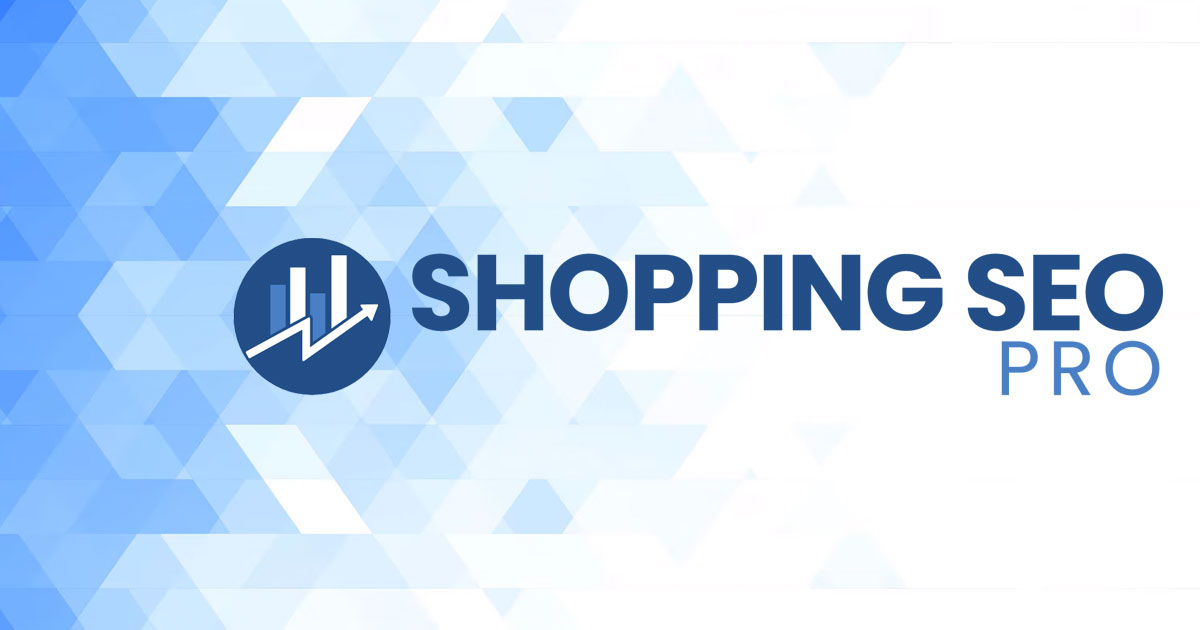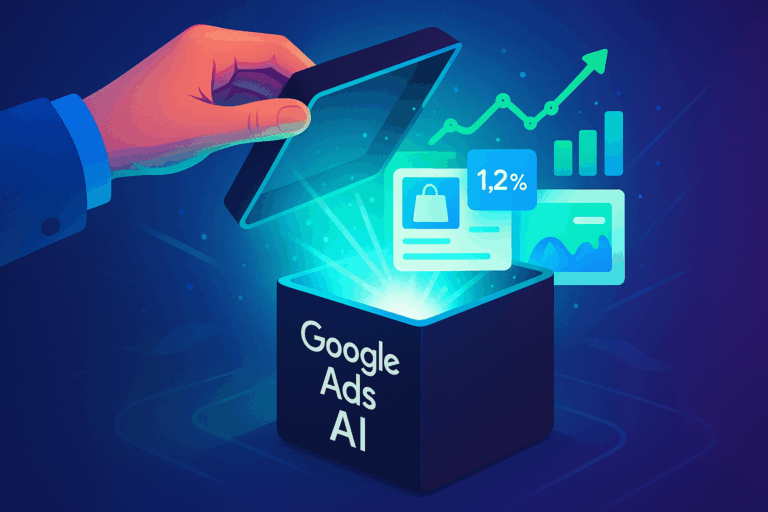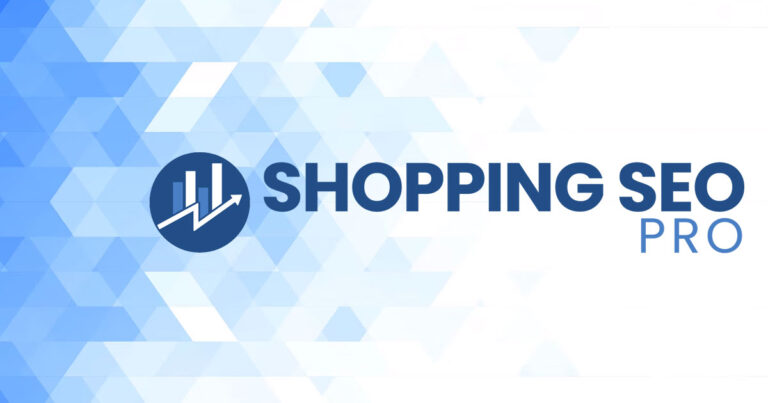Performance Max (PMax) campaigns are billed as Google’s most advanced, all-in-one solution for digital advertising. They promise to eliminate the guesswork, automate everything, and deliver conversions across all Google surfaces: Search, Shopping, YouTube, Display, Gmail, and more.
Sounds great in theory. But for many eCommerce advertisers, especially those focused on profitability and sustainable growth, PMax is not a shortcut — it’s a blindfold.
Let’s unpack why.
1. Incentives Are Misaligned by Design
When you launch a PMax campaign, you’re essentially saying:
“Google, you optimize this however you see fit.”
But Google’s primary goal isn’t to maximize your profit. It’s to maximize ad revenue — its own. That means optimizing for:
- More clicks
- More impressions
- More conversions (even if they aren’t incremental)
Your priorities, on the other hand, likely look like this:
- Profitable new customer acquisition
- Long-term LTV
- Healthy CAC
- Channel-specific strategy and testing
In short, you and Google are not playing the same game. Google optimizes for what’s easy to attribute. You optimize for what matters to your business.
2. PMax Favors Google First, Then the User, Then You
Think about the hierarchy of value creation in a PMax campaign:
- Google wins first by capturing budget and controlling allocation across its entire network.
- The user might win if they find something relevant.
- The advertiser (you) wins last, and only if Google’s definition of a conversion aligns with your actual business goals.
Meanwhile, your internal compass likely points to:
- Customer experience
- Profitable growth
- Efficient use of budget
This difference in priorities matters because it means PMax isn’t built to serve your business; it’s built to serve Google’s ecosystem.
3. It’s Not Like Playing Chess Against AI — It’s Like Getting in a Self-Driving Car With No Dashboard
People often compare using PMax to playing chess against AI: you can’t out-strategize it, so you should just trust it.
But that analogy breaks down fast:
- In chess, both players see the same board.
- In PMax, Google sees the board. You see a few metrics.
- In chess, the goal is clear: win the game.
- In eCommerce, the goals are nuanced: scale, test, segment, retain, and profit.
- You’re playing a different game than Google is or at least you should be.
A better analogy: You’re in a self-driving car. The windshield is blacked out. Google is in the driver’s seat. You don’t know where it’s going, how it’s getting there, or how much gas it will take to get there. But you’re being told to increase resources to reach the destination.
4. PMax Hides the Data You Need to Make Smart Decisions
By default, PMax limits your ability to:
- See search terms
- Segment traffic by channel
- Control audiences or placements
- Control resource allocation
This black-box approach makes optimization nearly impossible. You can’t:
- Adjust bidding based on margin
- Test new markets effectively
- Reduce wasted spend on poor placements
In many ways, PMax isn’t automation — it’s abdication. You’re not streamlining your strategy; you’re surrendering it.
5. Performance Often Looks Better Than It Is
PMax often shows a great ROAS. But where do those conversions come from?
- Brand terms you should easily and cheaply turn into $
- Remarketing to people who were already in your funnel
That’s not real growth — that’s performance inflation.
And since PMax takes credit for every touchpoint it can, even conversions you would have gotten anyway, it often overstates its impact and cannibalizes other campaigns.
6. You Can’t Run a Business on Guesswork and Gut Feelings
eCommerce isn’t just about getting conversions. It’s about:
- Testing new offers
- Managing product inventory
- Forecasting demand
- Allocating budget by product margin
- Building audience insights over time
PMax hides too much of this. It’s not a tool for disciplined, data-driven marketers. It’s a slot machine: put money in, hope real profit comes out.
Final Thought: Google’s Machine Isn’t Evil, Just Self-Interested
PMax isn’t inherently bad. It’s just not aligned with your priorities.
If you’re looking for:
- Quick traffic with minimal oversight
- Lightweight campaigns for lead gen or local traffic
- A set-it-and-forget-it option for a small test budget
Then maybe PMax makes sense.
But if you care about:
- Profit
- Control
- Attribution accuracy
- Data-backed testing and segmentation
…then PMax is likely working against your business, not for it.
Would you hand your CFO’s job over to a robot and never check the reports or your bank account?
No?
Then don’t hand your entire growth engine to an ad platform that only tells you what it wants you to hear.




